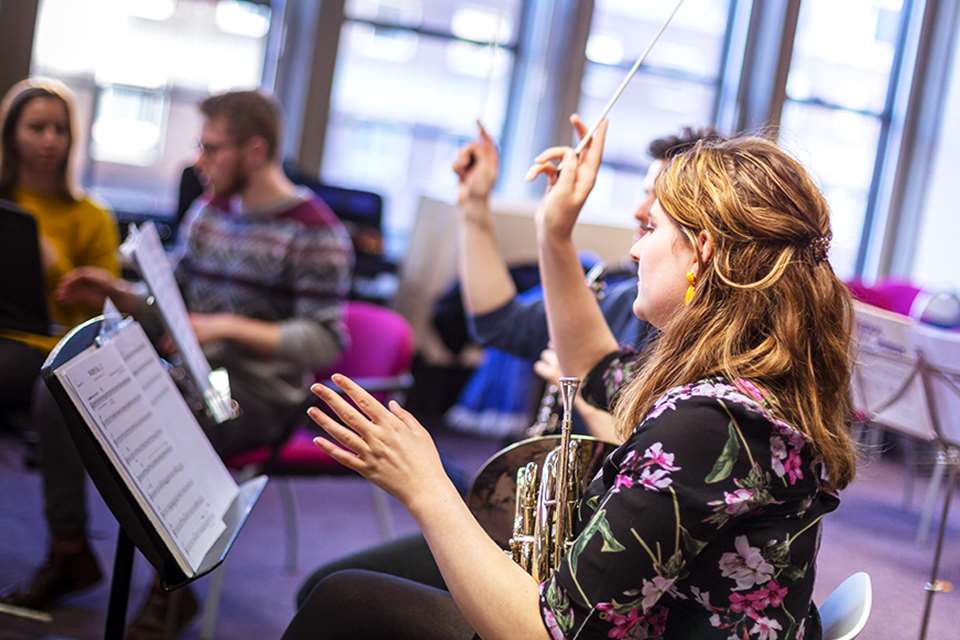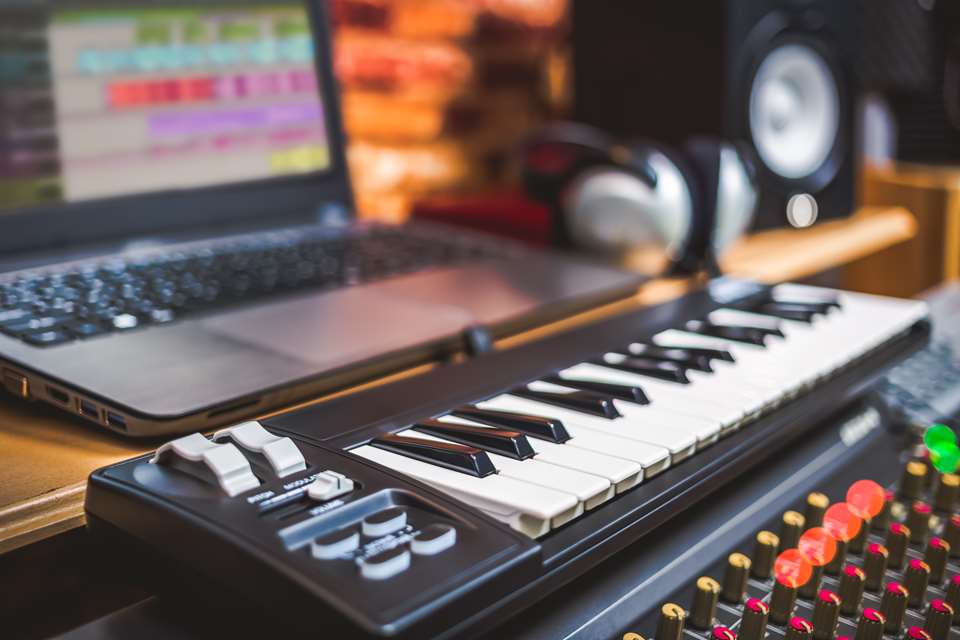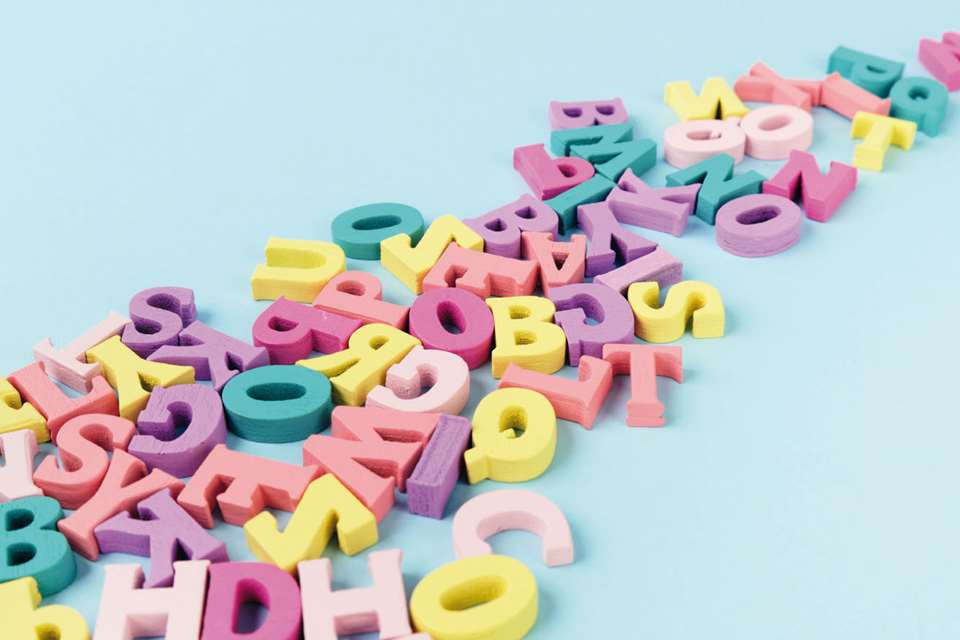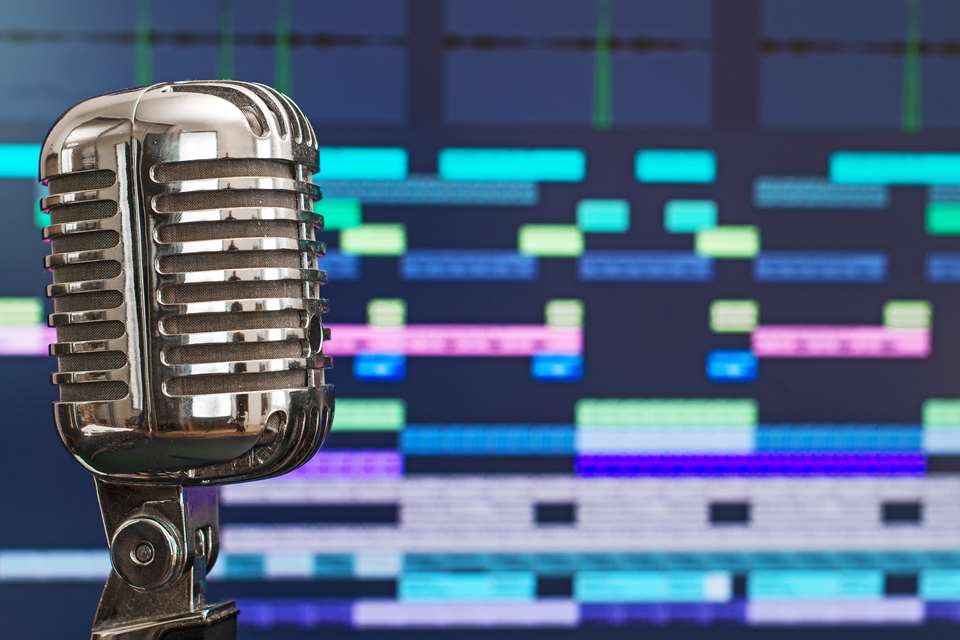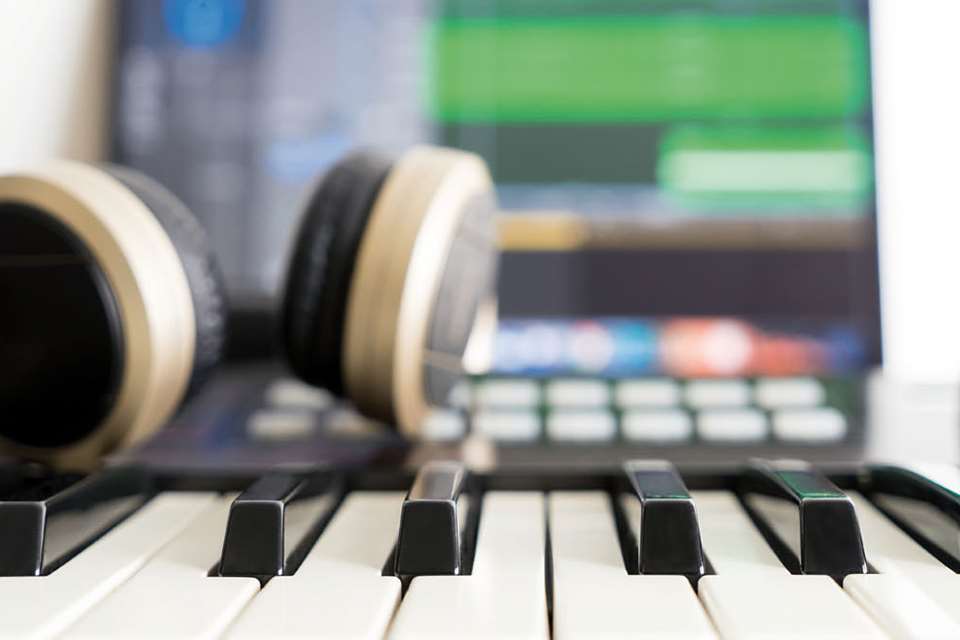Music Technology A Level recording task: Record setters
Ian Wilson
Sunday, January 1, 2023
Producing a cover of an existing commercial release is one of the biggest challenges Music Technology A Level students must tackle, but it is also potentially one of the most rewarding. Ian Wilson reveals how to achieve the highest standards.

Adobe Stock / Strandret
For the Component 1 recording task, A Level Music Technology students produce a version of an existing commercial release. Examiners expect the highest quality audio capture and near-professional standard mixing, which is quite a feat.
Choosing a song
Seven assessment grids are used to award marks for the recording and mixing skills demonstrated. Rather than attempting to reproduce the original, students capture compulsory instruments and make creative use of the production techniques they have learned throughout the course. It's a great challenge that encourages students to stand on their own two feet – a skill they will find is essential once they are working in the industry.
Students choose to record any previously released song by one of 10 artists. The exam board artist list is always diverse, offering lots of different musical styles to tackle.
The key thing is to temper students' initial excitement and make sure they think about the compulsory instrument lists whilst investigating song options. Selecting a song with some light and shade gives an opportunity to create a journey for the listener, utilising various production techniques. They also need to think realistically about available instrumentalists and their skill sets. Is there a Whitney vocalist or a Slipknot drummer in your school? As a teacher, you may need to offer advice if a student is entering cloud cuckoo land with a reminder to think with the head and not the heart when making their song choice.
Preparing and performing
As well as featuring compulsory instruments, the recording must last between three and three-and-a-half minutes so students will need some help with creating a suitable arrangement of their chosen song. They will also need support with finding the strongest instrumentalists as poor performance of parts counts as poor capture and would require a lot of editing to fix. Be they staff or high-ability music students, the best performers will add a professional touch to the recording.
Resist the temptation to encourage students to get every track captured quickly. Rushing this process commonly results in students having to re-record parts, which could have a terrible knock-on effect if it's a key track like drums. Students' Year 12 experience in the studio should have exposed rookie mistakes such as pressing ‘stop’ before the final cymbal or guitar chord has died, not capturing multiple takes of everything or even failing to record the vocalist's warm-up, just in case they nail it. Year 13 is the time to get it right.
Honing skills on the job
Students need to learn to become project managers by organising studio slots, approaching and booking instrumentalists and being an encouraging, enthusiastic force in the studio. Shy and indecisive engineers are likely to make performers unsure, resulting in mediocre performances and a lot of frustration. It's a tough challenge but taking charge and being in control is essential.
When you prepare them for the recording task, students will enjoy the journey of exploring different microphone placements for a range of instruments. However, teachers must know exactly which techniques result in the best quality capture in your unique space.
The kick drum is the trickiest element of the most complex instrument to capture, so you need to know exactly what position ensures definition as well as low-end. Inexperienced teachers can discover alongside students, but once you’ve found the formula for your space, that's the endpoint to work towards with your future cohorts.
Scoring highly
In the examination assessment grids, the drums and vocals are valued most highly with everything else sitting in the ‘other parts' camp. Students need to capture and mix with this in mind. You want the best for every track, but a wonderfully mixed sax won’t make up for dull drums.
There is a lot to organise during the capture stage, but care and attention will result in stress-free mixing. Mixing guidance is for another day, but it's worth students keeping an eye on the assessment grids when mixing, and comparing each component of their mix with that of professional productions on a regular basis. This should prevent wrong turns and will inspire creative production.
The recording task is a huge factor in developing students' ears. It not only benefits them as producers but helps them to meet the analytical demands of the listening exam. The experience also ensures quality production in their composition task and prepares them for the hands-on production exam.
Ultimately, it's a combination of real-world experience, confident knowledge and understanding of technology, and a rich specialist vocabulary that offers the key to success in the recording component.



